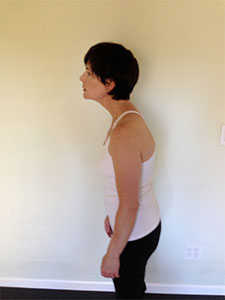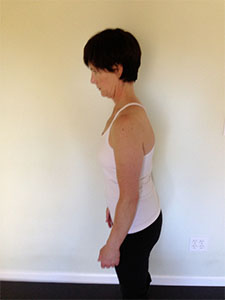Tips for Promoting Cardiovascular Health, Part 2
In my last post I discussed the function of the C.V. system and it’s component parts and I highlighted the imperative of movement to our cardiovascular health. In this post I’d like to discuss what behaviors and circumstances damage our C.V. system and might lead to C.V. disease.
What Damages the C.V. System?
The main contributor to diminished C.V. health and overall health in general is plaque formation in our blood vessels. Plaques are formed from cholesterol and when enough of them form inside a blood vessel they harden the vessel walls. Plaques can also accumulate to the point of blocking a major artery which is clearly a very serious condition. Thus for obvious reasons medicine has aggressively sought to reduce the buildup of cholesterol plaques by recommending diets low in cholesterol and prescribing cholesterol reducing drugs to patients. But is too much cholesterol the whole story?
Why Does Plaque Form?
While the majority of us know about cholesterol and it’s capacity build up and harden or even block our blood vessels, why this happens is typically less understood. Cholesterol plaques forming in our blood vessels are a natural result of tiny injuries to the walls of our blood vessels called wall wounding. When such a wall wound manifests our bodies use plaque to patch the wound in the same way we form scabs when we suffer wounds to our skin. The plaque protects the site of injury so that it has a chance to heal. Therefore plaque and cholesterol are not really the primary cause of C.V. disease. The primary cause is wall wounding.
What Causes Wall Wounding?
Under normal circumstances our blood flows smoothly through our blood vessels. However, when blood flow is not optimal our blood cells can hit the inner walls of our blood vessels strongly enough to leave little nicks in the vessel walls. This pathological movement of blood through the vessels causing wall wounding is called turbulent flow. If we can reduce turbulent flow in our blood vessels then we can also reduce wall wounding and plaque formation.
What Causes Turbulent Flow?
Turbulent flow has a variety of causes, all of which are preventable. Of these causes the one I’d like to discuss here is blood vessel geometry. In the same way that our muscles, bones and joints have an ideal relative alignment, that is, one that optimizes functionality and minimizes wear and tear, our blood vessels also have an ideal alignment or geometry. The ideal alignment of our blood vessels is one that allows our blood to flow freely and without turbulent flow. Misalignment of the musculoskeletal system typically result in misalignment of our blood vessels. Often this places a bend in the vessel where, were the body better aligned, there would be no such bend.
A great example of this is the way a common misalignment of the cervical spine puts a bend in the carotid arteries. Since these arteries are the main suppliers of oxygen to the front part of the brain any wall wounding and plaque formation in these vessels which might impede or even block flow is a clearly not good. But we can reduce or even eliminate damage to these arteries by improving the alignment of our head and neck.

Figure 1
In the photo below (see figure 1) you can see a very common misalignment of the head and neck referred to as “chin forward posture.” Chin forward posture misaligns our cervical spine in a way that excessively loads the discs, contributes to muscle tension, muscle weakness and unnecessarily stresses the spinal cord. It also misaligns the carotid arteries contributing to turbulent flow, wall wounding and plaque formation in these arteries.
Comparing this photo to the one below it (see figure 2) you can see the head and neck brought back into a healthier alignment. This not only reduces stress on the neck muscles, cervical vertebra and spinal cord but will also be a better alignment for blood flow to the brain and will reduce turbulent flow and wall wounding. This is clearly a good thing.
While there are other causes of turbulent flow, blood vessel geometry is an important one and one that is often overlooked as a contributing factor in C.V. disease. The next post will look at the other causes of turbulent flow and discuss other ways we can avoid it and avoid this important contributing factor to C.V. disease.

Figure 2
